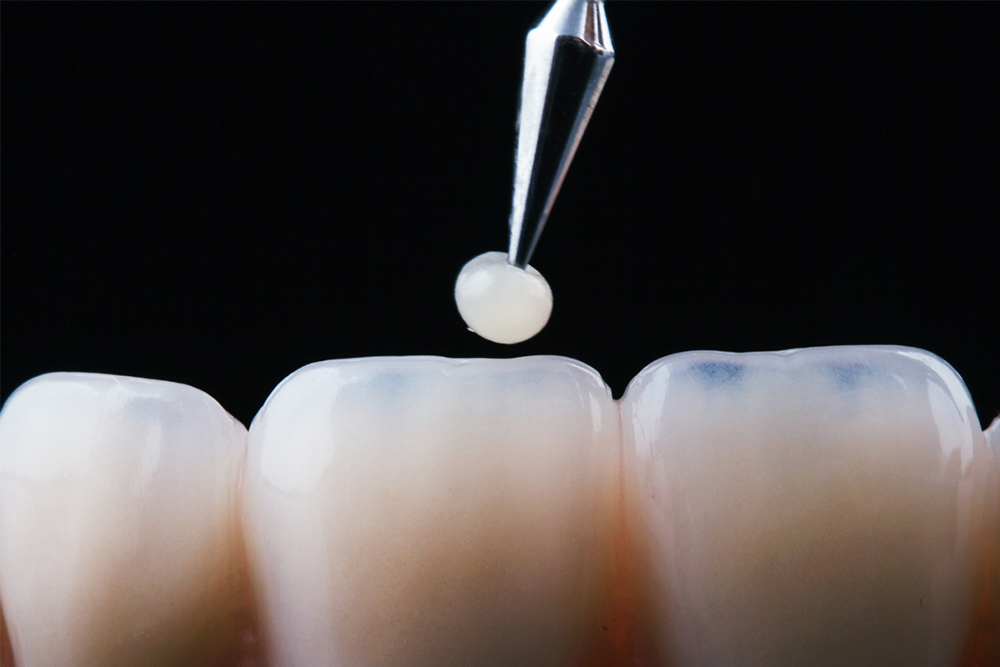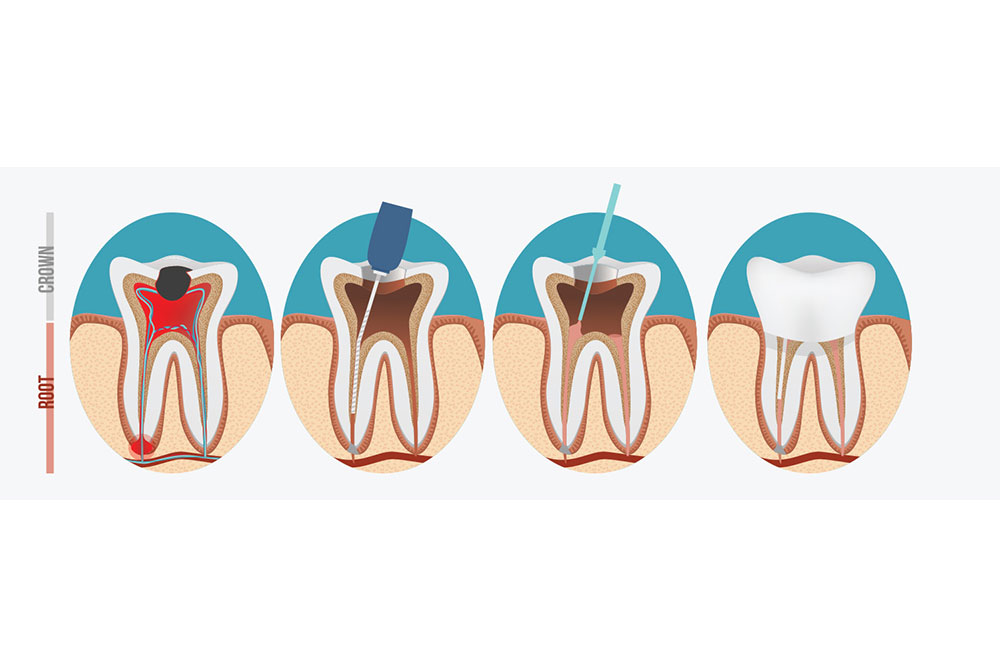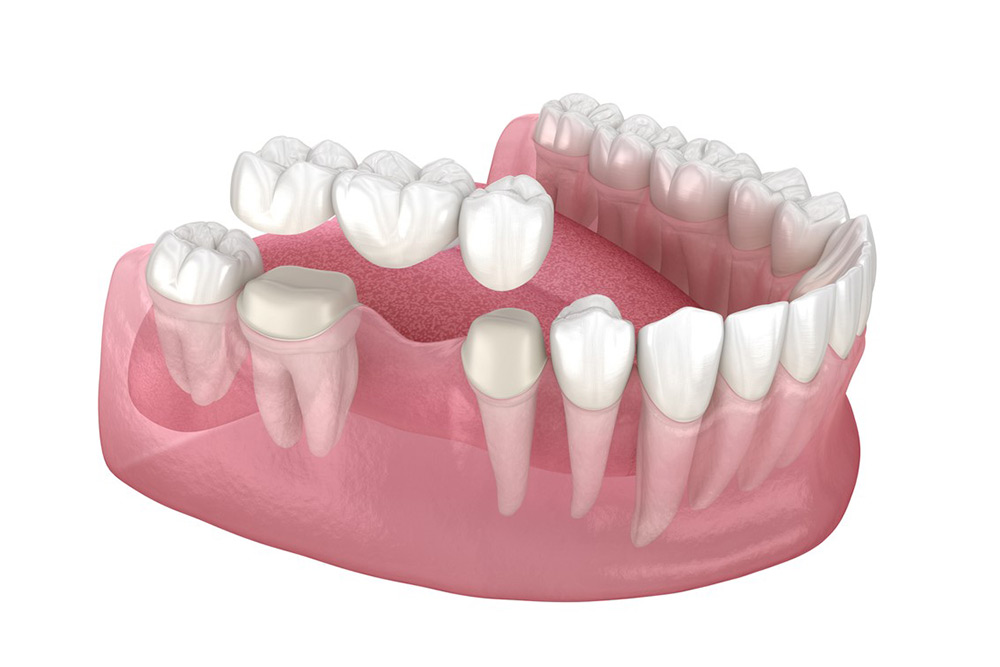Dental Information and Tips from St. Jacobs Dental Care
Tongue Tie: Impact on Oral Development
November 20, 2025 / DENTISTRY

Understanding Tongue Tie and Oral Development
Many parents are surprised to learn that tongue tie can affect far more than just feeding and speech. At St. Jacobs Dental Care, the team frequently evaluates how tongue tie influences oral development, including jaw growth and teeth alignment. Understanding the connection between tongue tie and oral development is crucial for parents who want to give their children the best start for healthy dental development. Early identification and treatment can prevent complications that might otherwise require extensive orthodontic intervention later in life.
How Tongue Tie Affects Palate and Jaw Development
The tongue plays a surprisingly important role in shaping the mouth and jaw during childhood development. When tongue tie restricts normal tongue movement, it can significantly impact how the palate and dental arches form.
Proper Tongue Position and Growth
In healthy oral development, the tongue naturally rests against the roof of the mouth. This position provides gentle, constant pressure that helps the upper jaw develop to its full width.
- The upper jaw may not receive adequate stimulation for proper growth
- The palate can become narrow and high-arched
- Dental arches may develop too narrow for proper tooth alignment
- Less space exists for permanent teeth to erupt straight
- Breathing patterns can be affected due to reduced nasal airway space
Impact on Dental Arch Formation
Children with tongue tie often cannot position their tongues correctly against the palate. This lack of proper tongue posture leads to underdeveloped dental arches. Narrow dental arches create insufficient room for permanent teeth, often resulting in crowding and misalignment.
At St. Jacobs Dental Care, located at 10 Parkside Dr in St. Jacobs, the dental team carefully evaluates tongue position and palate development during routine examinations.
Tongue Tie and the Need for Orthodontic Treatment
One of the most significant long-term impacts of untreated tongue tie is the increased likelihood of needing orthodontic treatment.
Why Alignment Issues Develop
- Upper jaw remains narrow, potentially creating crossbite
- Lower jaw may develop differently, leading to overbite or underbite
- Crowding occurs when dental arches don't reach full potential
- Teeth become crooked, rotated, or overlapping
Orthodontic Implications
Many children with untreated tongue tie eventually require braces or other orthodontic interventions. However, treating tongue tie early can sometimes reduce the extent of orthodontic treatment needed later. In some cases, early intervention may even prevent the need for braces altogether.
It's important to note that releasing a tongue tie doesn't automatically correct existing alignment problems. If a child has already developed a narrow palate or crowded teeth, orthodontic treatment may still be necessary.
The dental team at St. Jacobs Dental Care works collaboratively with orthodontists to determine the best timing for each individual patient.
Early Intervention Benefits for Tongue Tie
Addressing tongue tie early in life offers numerous advantages for overall oral and facial development. The younger the patient, the more adaptable their oral structures are to positive changes.
- Improved feeding in infants supports better nutrition and growth
- Proper tongue function guides balanced facial structure development
- Prevention of compensatory breathing and swallowing patterns
- Reduced likelihood of extensive orthodontic treatment later
- Better sleep quality and airway development
- More harmonious overall facial proportions
Preventing Compensatory Patterns
When tongue tie restricts normal movement, children often develop compensatory habits. They might breathe through their mouths instead of their noses. They may position their jaws awkwardly to accommodate the restricted tongue.
Early treatment of tongue tie prevents these problematic patterns from becoming established. The tongue can function normally from the start, supporting healthy breathing, swallowing, and developmental patterns.
Tongue Tie Effects on Breathing and Sleep
The connection between tongue tie and oral development also extends to breathing patterns.
Mouth Breathing Consequences
Children with tongue tie often become habitual mouth breathers. When the tongue cannot rest properly against the palate, it may drop down and back. This can partially obstruct the airway, making nasal breathing difficult.
- Narrow palate development
- Elongated facial structure
- Dental crowding
- Increased risk of cavities and gum disease
- Poor sleep quality
Evaluation Process for Tongue Tie at St. Jacobs Dental Care
At St. Jacobs Dental Care, evaluating tongue tie involves more than just looking at the frenulum. The team assesses how the tongue functions and how it's affecting overall oral development.
- Tongue mobility examination
- Palate shape evaluation
- Dental arch development assessment
- Bite alignment analysis
- Observation of feeding, speech, and breathing patterns
- Review of developmental history
Taking Action for Your Child's Development
If you suspect your child may have tongue tie, or if you've noticed signs of narrow palate development or dental crowding, seeking evaluation is an important first step.
Ready to learn more about how tongue tie might be affecting your child's oral development? Contact St. Jacobs Dental Care at 519-664-2434 or email info@stjacobsdentalcare.ca to schedule a comprehensive evaluation. The office is conveniently located at 10 Parkside Dr in St. Jacobs, with appointments available Monday through Thursday from 8:00 AM to 5:00 PM and Friday mornings from 8:00 AM to 12:00 PM.
Early intervention for tongue tie can make a significant difference in your child's oral development, potentially reducing or preventing the need for extensive orthodontic treatment later.
Archive















































